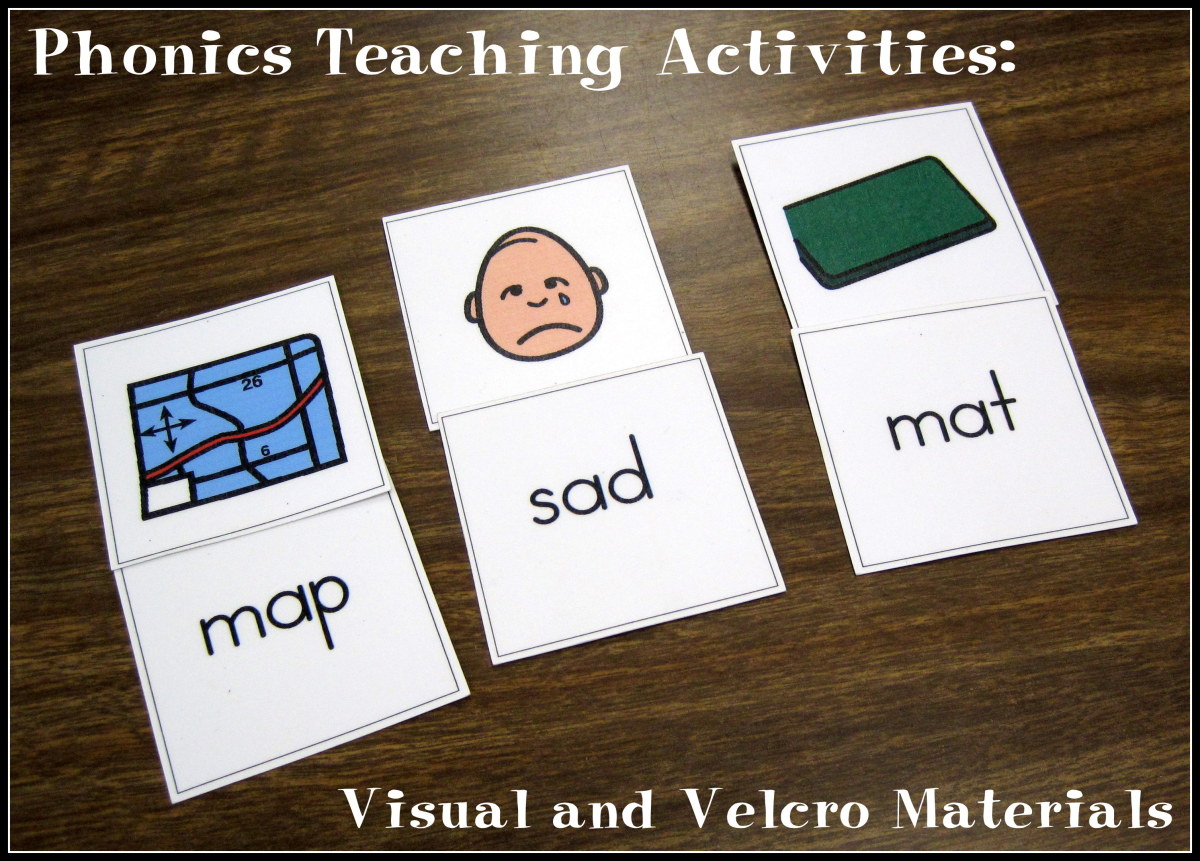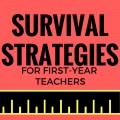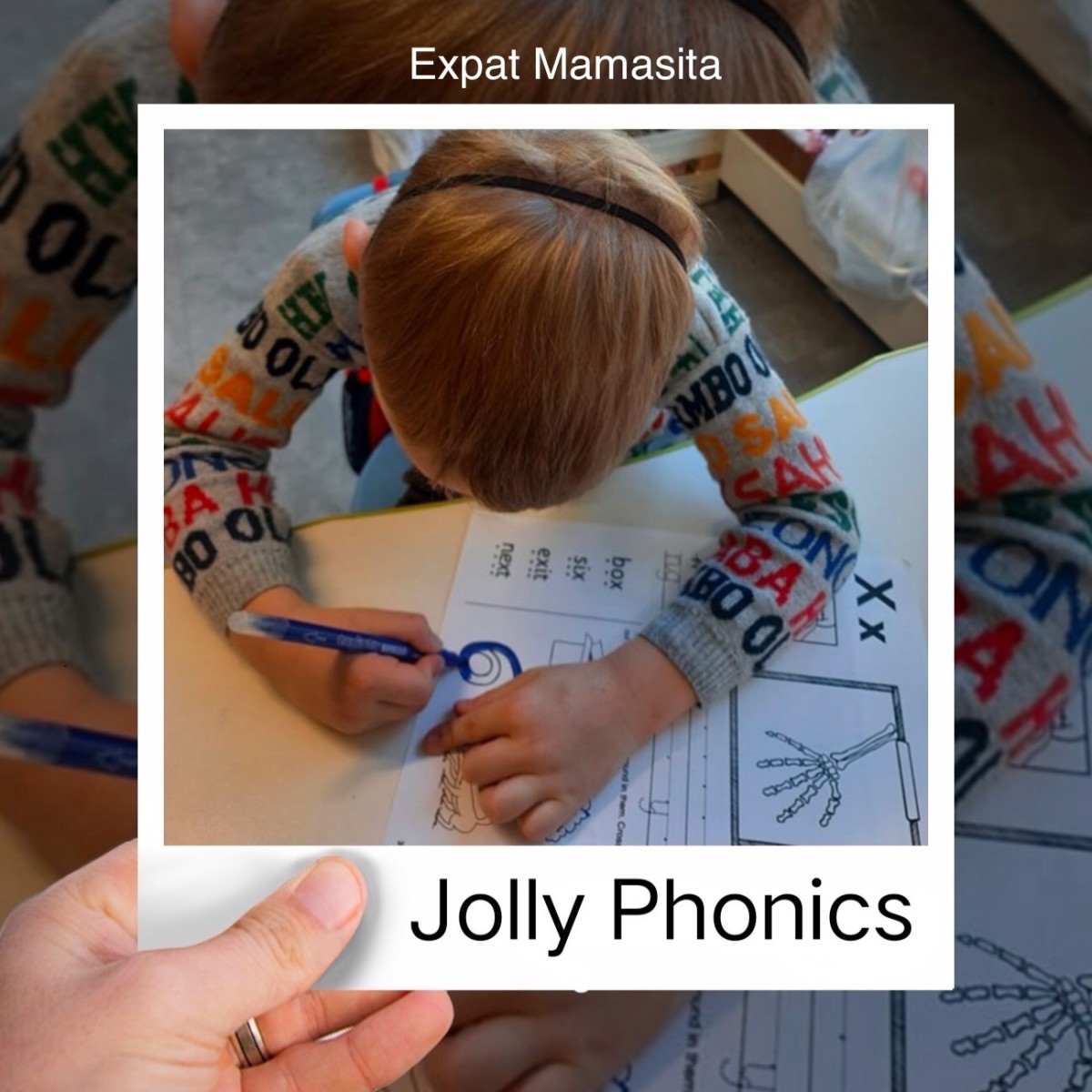How to Help Students Understand What They Read

A Summary of the article of “A Vision for Teaching Reading” by Lucy Calkins, from the Creative Classroom magazine.
We all know that reading is an important skill for children, but just as it is important for children to decode the written word, they also need to know what the words themselves mean and how the words work together. As I explained in the article How to Give Out Reading Grades, comprehension is important in both silent and oral reading. A child may be able to read the word, but that doesn’t mean that he understands the definition of the word. Often prompting conversation about the assigned reading will help students better understand what is happening in the story.
Author Lucy Calkins suggests implementing strategies to prompt conversations about the reading, and thoughtful responses to their reading. Begin by allowing students to speak about their favorite book, which they are likely understand and are excited about. Once students are familiar with how to converse about a book, they’ll be able to converse about books and material hat they aren’t as confident in, or that they have some questions about.
Conversation Strategies
- Encourage small groups to get together to talk about your favorite book.
- Talk to someone else about the book that has changed your life.
- Pick a book you think would make a good movie and discuss who you’d want to play the cast.
- Talk about where you like to read and why.
Books on Teaching Reading
How to Prompt Thought & Responses
- Mark your copy of the textbook with flags or sticky notes with ideas to discuss, ask questions or re-read important parts.
- Have students meet with a friend to discuss their favorite part of the textbook.
- Look for connections between this book and a book the class has previously read, or a movie that students are familiar with.
- Look for patterns in the book, such as dialog, events or scenes between characters. Has this already happened?
- Imagine what the character might be thinking, ask students to write or draw a picture about what they think.
- Have students re-tell what happened to ensure comprehension.
- Have students locate certain words in the textbook, or remember what else was happening in a scene when something else happened.
- Use charts and diagrams to keep track of what happened in the book. Integrate the story structure into the class, and ask about the rising action, climax, and falling action of the story.
REFERENCE
Calkins, L. “A Vision for Teaching Reading”. Creative Classroom Nov/Dec 2000, 38 (40).









